Krista, a free spirit with a backpack full of dreams, found herself exploring the vibrant streets of La Paz, Bolivia. The city pulsed with a unique energy, a blend of ancient history and modern chaos. As she wandered, her senses were overwhelmed by the sights, sounds, and smells – the dazzling array of textiles in the market, the rhythmic strum of guitars from a hidden cafe, the aroma of spices wafting from a street vendor’s cart. But amidst the captivating scene, something else tugged at Krista’s heart.
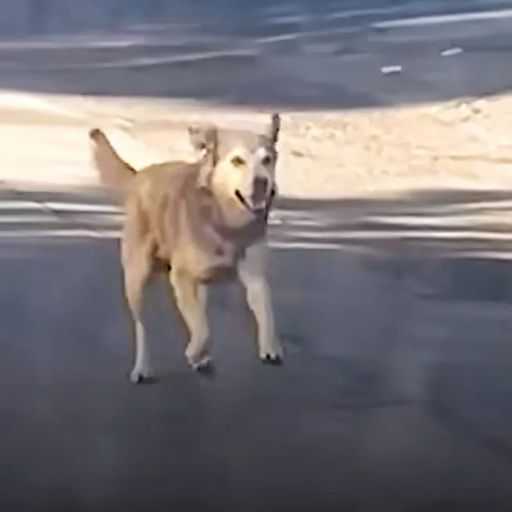
A skinny, dog with soulful eyes and tattered fur kept appearing at her heels. At first, she assumed it was one of the many strays that seemed to weave through the city unnoticed by most. But this dog was different. Its gaze held a quiet desperation, a silent plea for connection. Whenever Krista tried to ignore it, the dog would nudge her hand with its wet nose, its tail giving a hopeful thump against the cobblestones.

Days turned into a week, and the persistent dog became a constant companion. Krista named him Chase, for the way he playfully chased after her during their walks. Chase was a shadow, following her through bustling markets, up winding staircases to hidden viewpoints, and along Lake Titicaca’s shores, the world’s highest navigable lake. Their bond deepened with each passing day. Krista felt a responsibility for the scrawny pup, a silent promise to keep him safe.

However, Krista’s travel itinerary loomed. She had planned this trip for months, a solo adventure to explore the wonders of South America. But the thought of leaving Chase behind, vulnerable and alone on the unforgiving streets, gnawed at her conscience. The playful pup had wiggled his way into her heart, and the idea of abandoning him felt unthinkable.
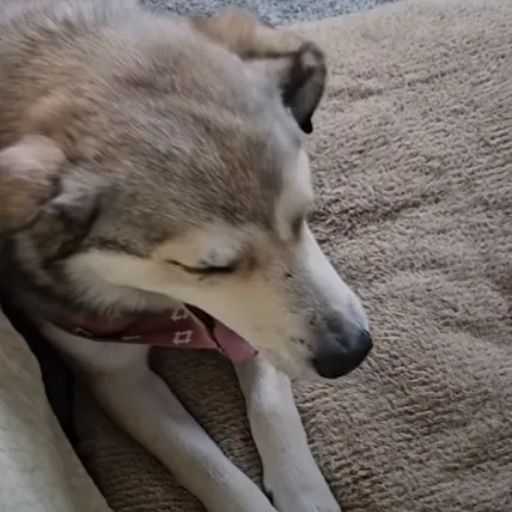
Faced with a difficult decision, Krista started researching. Importing a dog from Bolivia to the United States turned out to be a complex process. There was a mountain of paperwork to be completed, along with a series of vaccinations and blood tests for Chase. Disheartened but determined, Krista reached out to local animal shelters and rescue organizations. Thankfully, one organization offered to help. They could foster Chase while Krista navigated the import process, but it would take months.
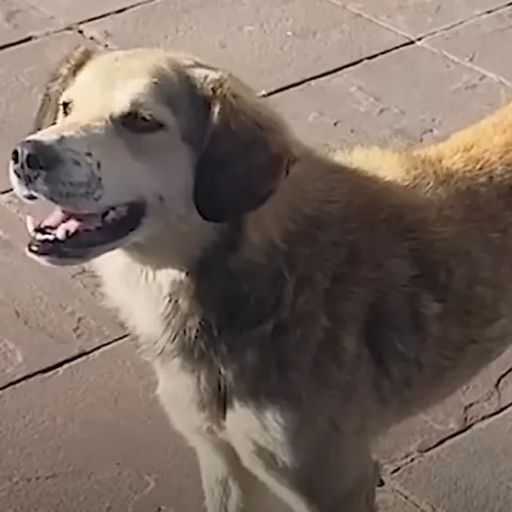
Leaving Chase with the kind people at the shelter was heartbreaking. Krista promised him a silent goodbye, whispering reassurances of their reunion. Back in the US, the vibrant memories of Bolivia dimmed with each passing day, replaced by the relentless pursuit of getting Chase the necessary paperwork. Countless emails were exchanged, phone calls made, and vet appointments scheduled. The process was slow, frustrating, and riddled with unexpected hurdles. Yet, Krista persevered, fueled by the image of Chase’s hopeful eyes.
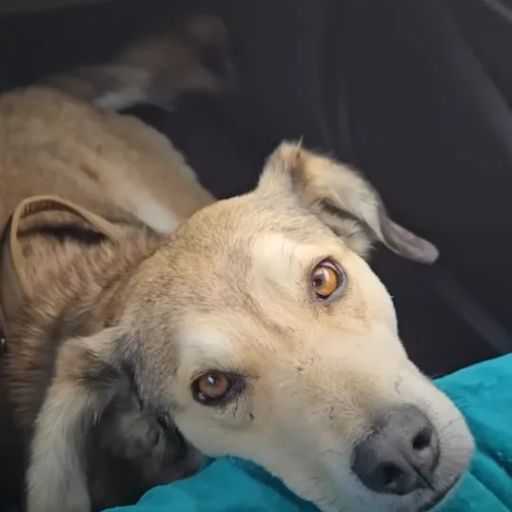
Months later, with a sigh of relief and a heart brimming with anticipation, Krista finally received the green light. She booked the first flight back to La Paz, the prospect of seeing Chase erasing the exhaustion of the past few months. At the shelter, the reunion was a whirlwind of happy barks, excited whimpers, and wagging tails. Chase, though a little thinner, recognized Krista instantly. He showered her with enthusiastic licks, his joy echoing Krista’s own.
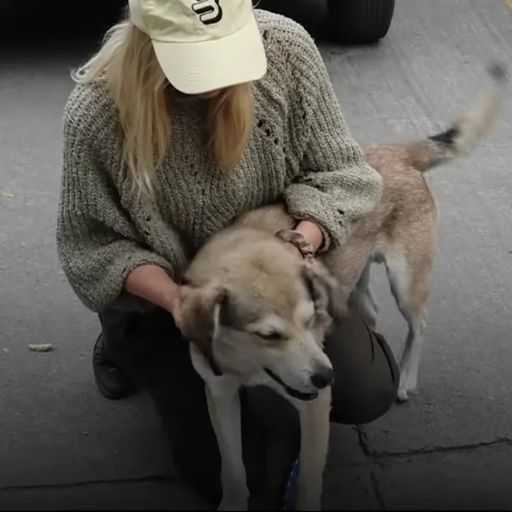
The journey back to the US was long, filled with anxious anticipation on Krista’s part. But Chase, a seasoned traveller by then, took it all in stride. Landing in the US felt surreal. They were finally home. Krista had a small apartment, but it seemed a palace compared to the streets Chase once called home. He eagerly explored every corner, his tail never still.
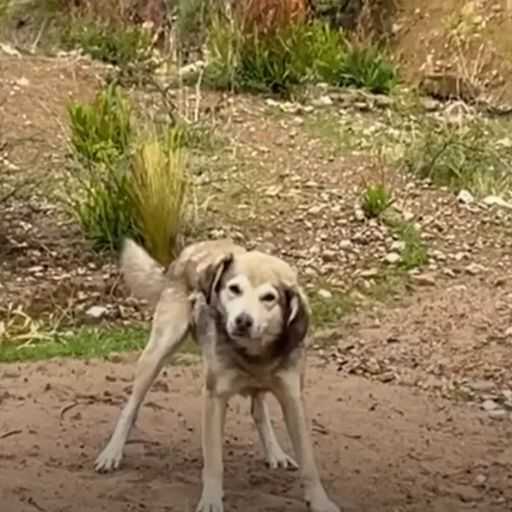
Life in the US was an adjustment for Chase. The bustling city streets were replaced by quiet parks and tree-lined sidewalks. The constant chase for scraps was a thing of the past, replaced by a steady stream of kibble and endless belly rubs. Krista showered him with love, taking him on hikes, playing fetch in the park, and indulging his newfound love for squeaky toys.
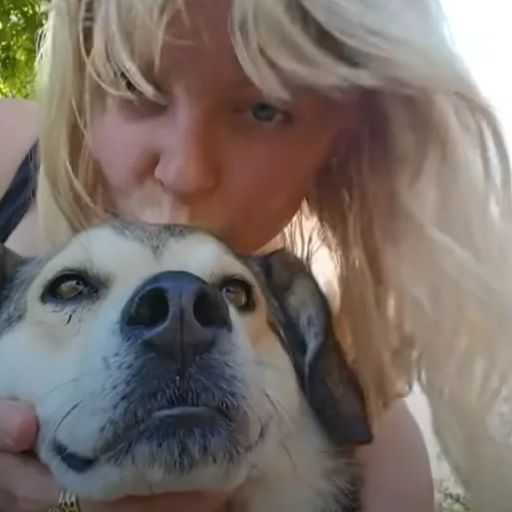
One year later, Chase was a different dog. Healthy, strong, and with a mischievous glint in his eyes, he was Krista’s constant companion. Their bond, forged on the streets of La Paz, had grown stronger with each passing day. Krista often thought about the serendipitous encounter that brought them together. Chase wasn’t just a rescued dog; he was a reminder of the unexpected connections that make life a journey worth taking.

Watch The Full Video Here:
If you’re a dog owner, you know how important it is to keep your furry friend safe and healthy. When it comes to their diet, you might be wondering about the potential risks certain foods can pose to your canine companion. One such food that often raises questions is pecans. As a seasoned dog trainer, I’ve encountered many inquiries about the effects of pecans on dogs.
Your dog’s well-being is a top priority, and being aware of what foods are safe for them to consume is crucial. Pecans, known for their rich flavor and crunchy texture, can be a popular choice for many, but are they a safe treat for your four-legged friend? Let’s take a closer look at the impact pecans can have on your dog’s health and what precautions you should consider when it comes to sharing this nutty snack with your beloved pet.
Understanding Pecans and Dogs
When it comes to your furry friend’s well-being, knowing what foods are safe for them is crucial. Let’s take a closer look at pecans and how they can affect your dog.
Pecans and Canines
Pecans are tasty for us, but they may not sit well with your dog’s digestive system. These nuts are rich in fats, which could lead to digestive issues like stomach pain, vomiting, or diarrhea for your pet.
Potential Risks
The high-fat content in pecans can be hard for dogs to digest, potentially causing pancreatitis, a serious inflammatory condition. Moreover, pecans may pose a choking hazard or lead to intestinal blockages if not chewed properly.
Allergic Reactions
Some dogs might be allergic to pecans, experiencing symptoms such as itchiness, swelling, or respiratory issues. It’s best to avoid giving your furry pal pecans to prevent any adverse reactions.
Safe Alternatives
Instead of pecans, opt for safe dog-friendly treats like carrots, blueberries, or plain cooked meat. These treats are not only delicious but also less likely to cause harm to your dog’s health.
Conclusion
While pecans may be a delightful snack for you, they are not suitable for your canine companion. To keep your dog healthy and happy, steer clear of pecans and choose safer treat options that your furry friend will enjoy without risking their well-being.
Health Risks of Pecans for Dogs
Digestive Issues: Pecans can be tough for your dog’s stomach to digest, potentially leading to upset stomach, vomiting, or diarrhea.
Pancreatitis Concerns: The high fat content in pecans can trigger pancreatitis in dogs, a painful and serious condition that requires veterinary attention.
Choking Hazards: Due to their hard texture, pecans pose a risk of choking, especially for small breeds or dogs that tend to gulp their food without proper chewing.
Allergic Reactions: Dogs can develop allergies to nuts, including pecans, leading to symptoms like itching, redness, swelling, or even more severe reactions in some cases.
Safe Treat Alternatives: Opt for safer treat options like carrots, blueberries, or plain cooked meat that are delicious for your dog while ensuring their well-being.
Remember, pecans may be a tasty treat for humans, but they can pose significant health risks for your furry companion. It’s best to avoid feeding pecans to your dog and stick to treats that are safe and healthy for them.
Symptoms of Pecan Ingestion in Dogs
If your furry friend has consumed pecans, watch out for these symptoms:
- Digestive Distress: Look for signs like vomiting, diarrhea, or constipation. These could indicate that your dog’s stomach is upset from eating pecans.
- Abdominal Pain: If your dog seems uncomfortable or is whining in pain, it could be due to pecan ingestion causing abdominal discomfort.
- Lethargy: Keep an eye on your pet. If they appear unusually tired or lacking in energy, it might be a symptom of pecan-related issues.
- Loss of Appetite: A sudden disinterest in food could signal that something is amiss after eating pecans.
- Increased Thirst: Notice if your dog is drinking more water than usual. Excessive thirst might indicate a reaction to the pecans.
- Allergic Reactions: Watch for any signs of allergies such as itching, swelling, or hives on your dog’s skin.
- Difficulty Breathing: If your dog is having trouble breathing, especially after consuming pecans, seek immediate veterinary assistance as this could be a severe allergic reaction.
Remember, it’s crucial to keep an eye on your dog’s behavior after they’ve eaten pecans. If you notice any of these symptoms, it’s best to contact your vet promptly for proper guidance and care.
Treatment for Pecan Toxicity in Dogs
If your furry friend has ingested pecans and shows any concerning symptoms like digestive distress, abdominal pain, lethargy, loss of appetite, increased thirst, allergic reactions, or difficulty breathing, it’s vital to act swiftly. Here’s what to do:
1. Contact Your Veterinarian Immediately
- Call your vet: Inform them about your dog’s condition and the pecan ingestion.
- Follow their advice: Your vet may recommend immediate care or observation at home based on the severity of symptoms.
2. Veterinary Examination
- Physical examination: The vet will assess your dog’s symptoms and overall condition.
- Diagnostic tests: Blood tests or imaging may be conducted to evaluate the extent of pecan toxicity.
3. Treatment Options
- Induce vomiting: If ingestion was recent and advised by the vet.
- Fluid therapy: To address dehydration and maintain electrolyte balance.
- Medication: Depending on the symptoms, medication may be prescribed for pain relief, gastrointestinal support, or allergic reactions.
4. Monitoring and Follow-Up
- Observation: Your dog may need to be monitored closely for any changes in their condition.
- Follow-up visits: Your vet may recommend follow-up appointments to ensure your dog’s recovery and well-being.
- Avoid pecans: Ensure your dog doesn’t have access to pecans or other unsafe nuts in the future.
- Safe treats: Opt for dog-safe treats recommended by veterinarians to prevent similar incidents.
Remember, prompt treatment and care are crucial in cases of pecan ingestion in dogs. Always prioritize your furry friend’s health and well-being.
Conclusion
Remember, when it comes to your furry friend’s health, it’s crucial to steer clear of pecans. Keep an eye out for any unusual behavior or symptoms if your dog happens to munch on these nuts. Quick action and a trip to the vet can make all the difference in ensuring your pup stays happy and healthy. Opt for safer treat options to show your canine companion some love without the risk. Your pup’s well-being is top priority, so choose wisely when it comes to what goes into their snack bowl.
Frequently Asked Questions
Can dogs eat pecans?
No, dogs should not eat pecans as they can lead to digestive issues, pancreatitis, choking hazards, and allergic reactions.
What are the symptoms of pecan ingestion in dogs?
Symptoms of pecan ingestion in dogs include digestive distress, abdominal pain, lethargy, loss of appetite, increased thirst, allergic reactions, and difficulty breathing.
What should I do if my dog eats pecans?
If your dog eats pecans and displays concerning symptoms, seek immediate veterinary care. Contact a veterinarian for advice and undergo a physical examination and diagnostic tests.
How is pecan toxicity in dogs treated?
Treatment for pecan toxicity in dogs may include inducing vomiting, fluid therapy, and monitoring the dog closely with follow-up visits after consultation with a veterinarian.

Hey there, I’m Janet Brooks, a dog-loving student from California. I’m all about helping pups in need, especially those without homes. Me and my awesome friends work together to give shelter and love to stray dogs. Oh, and I also write blogs about dogs to share helpful info.